Today we will talk about dry socket, a dental complication that, although not common,
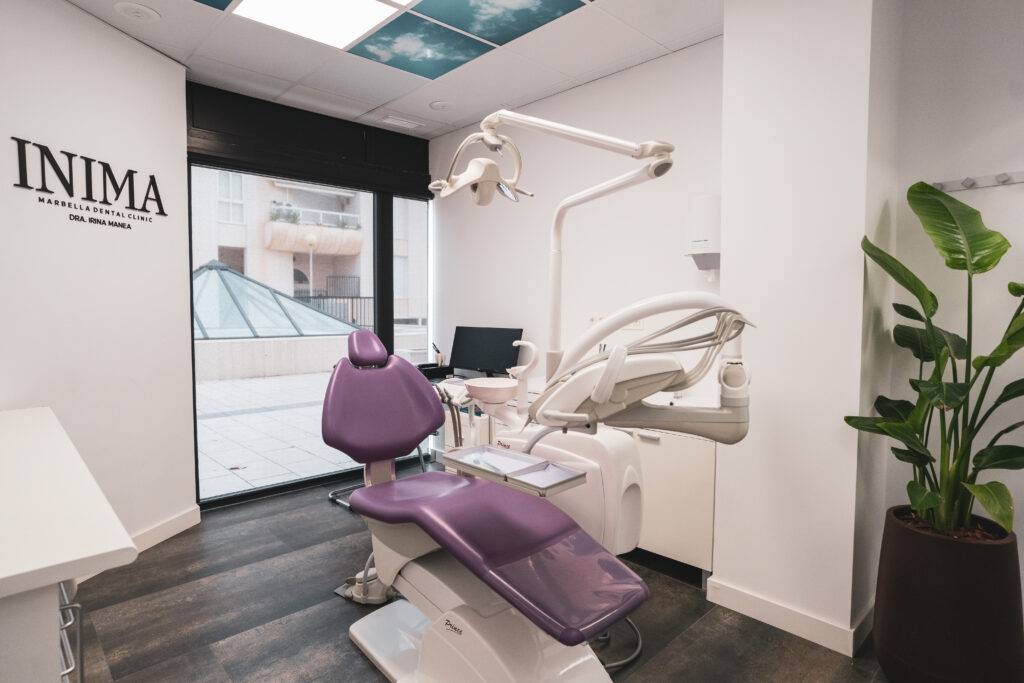
GUIDED IMPLANT PLACEMENT
Guided surgery involves using a customized surgical guide to aid in the precise placement of dental implants. This surgical guide is typically created based on advanced imaging like Cone Beam Computed Tomography (CBCT) scans of the patient's jaw and advanced software that allows for virtual planning of the implant placement. The guide fits over the patient's teeth and/or bone, ensuring the implant is placed at the correct depth and angle.
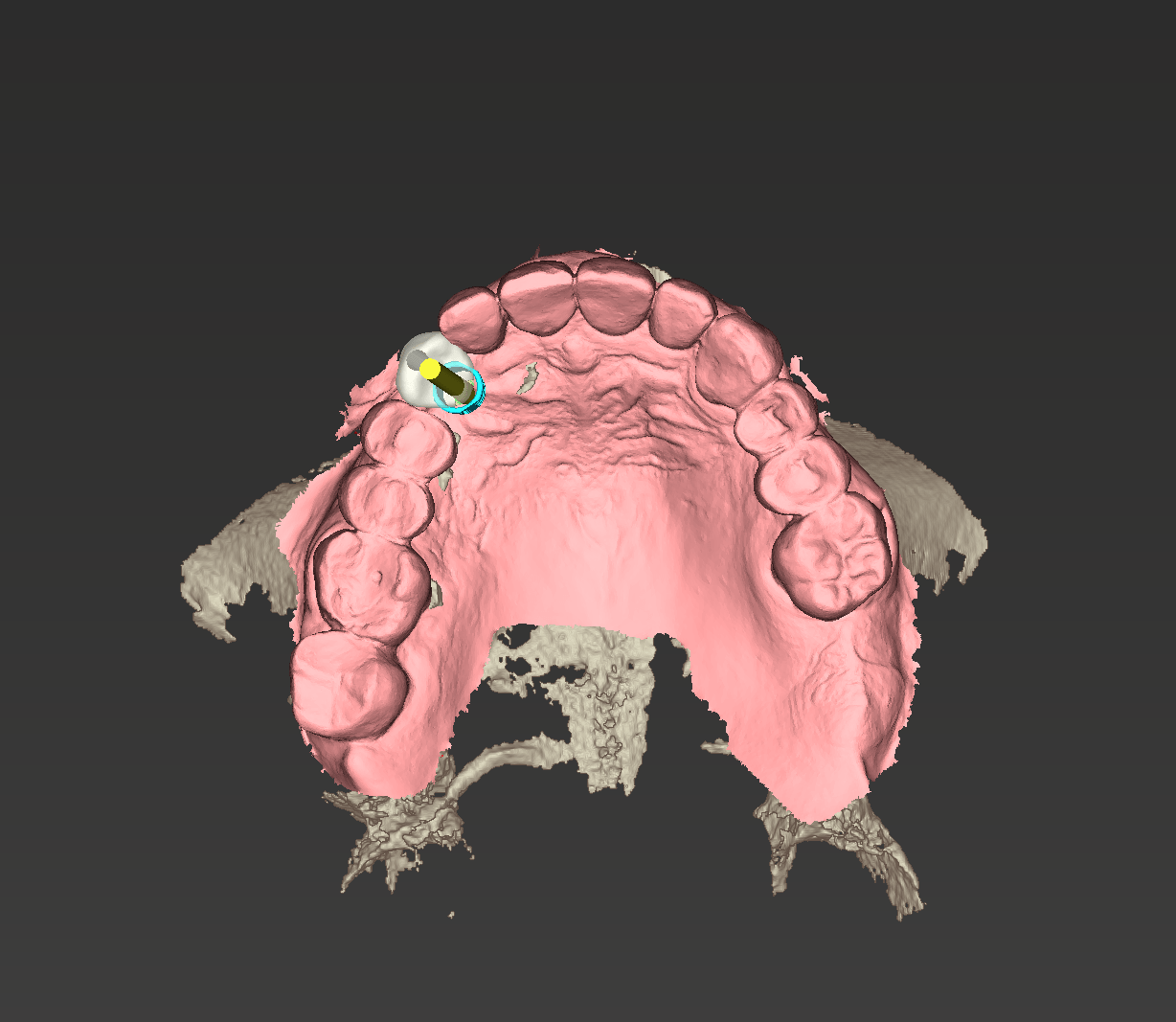
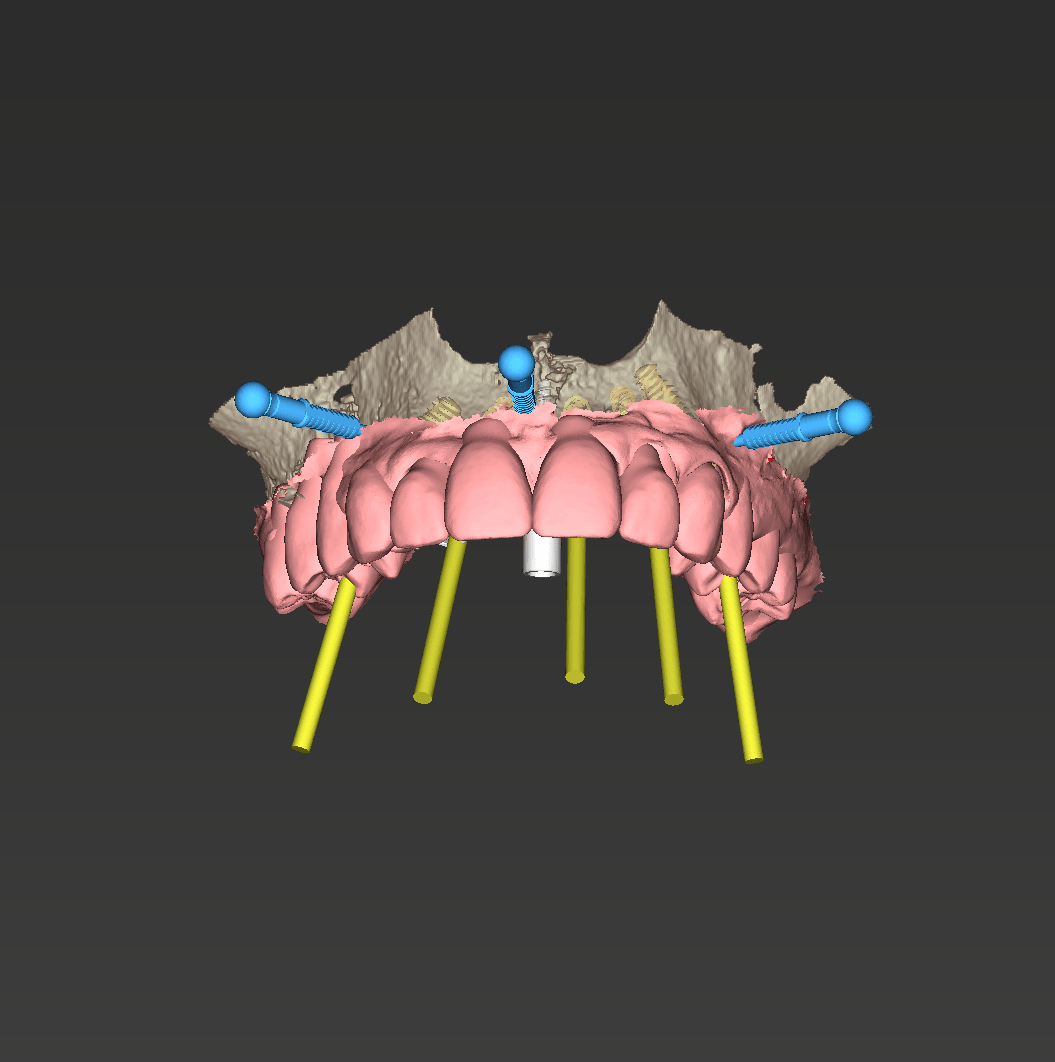
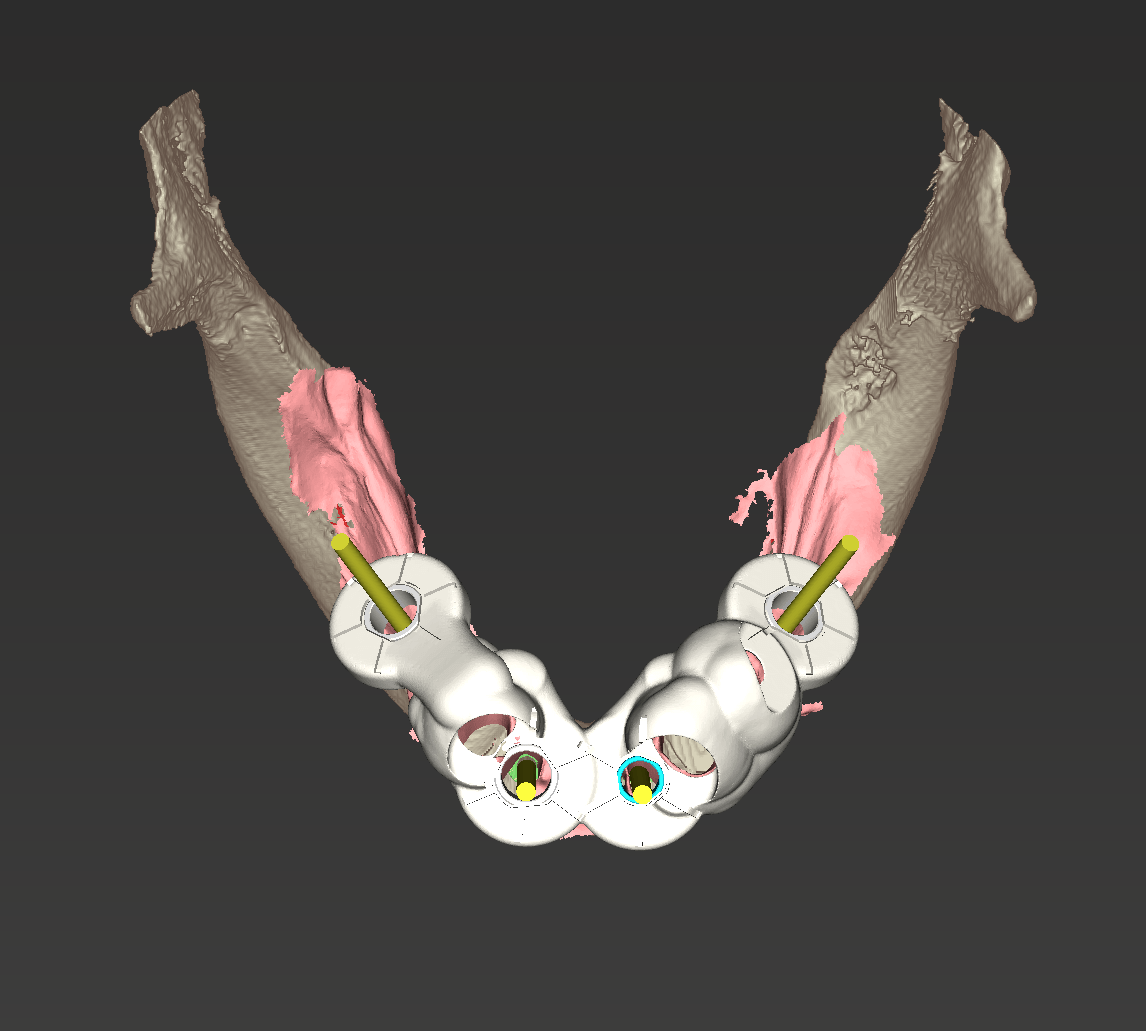
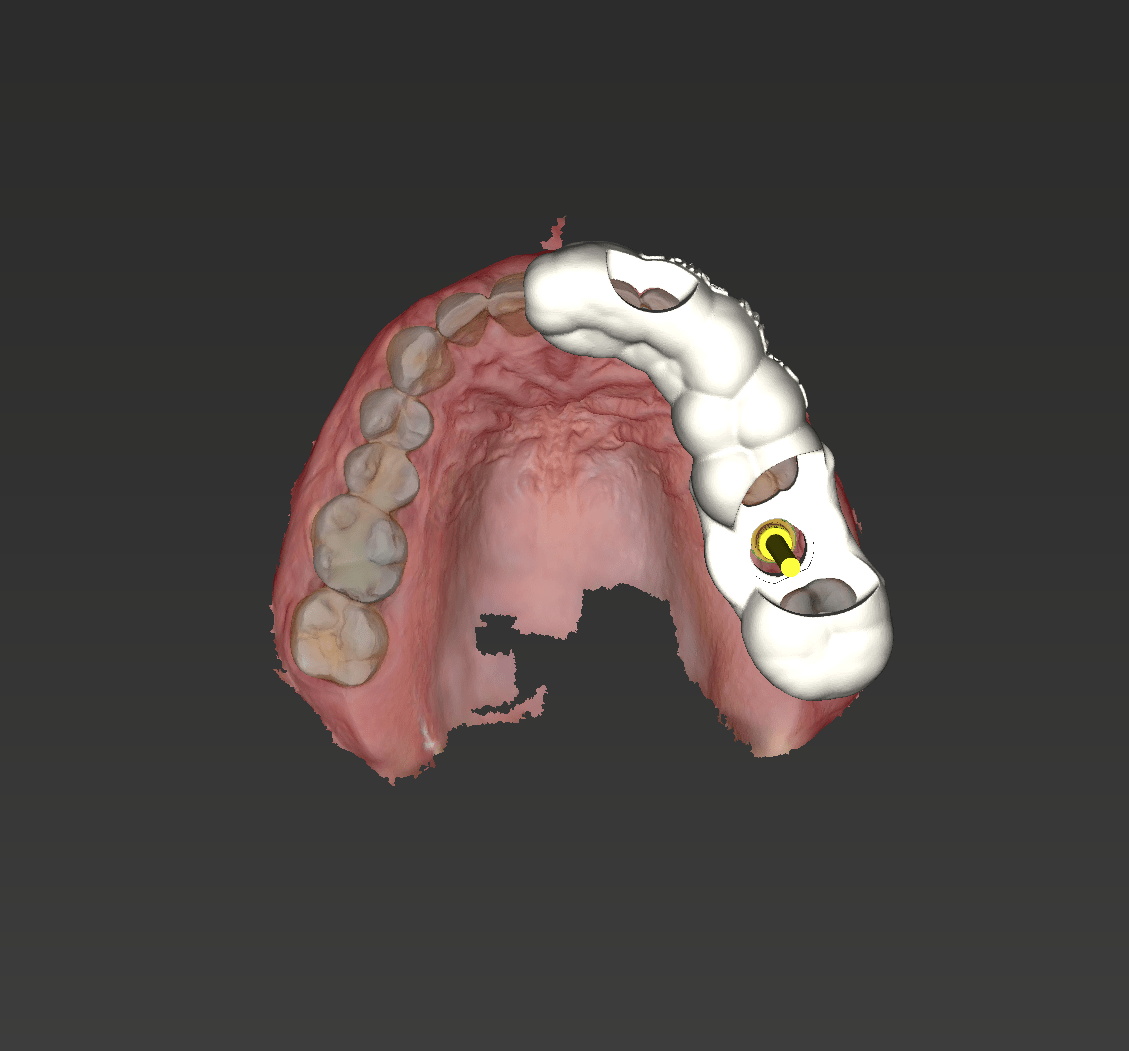
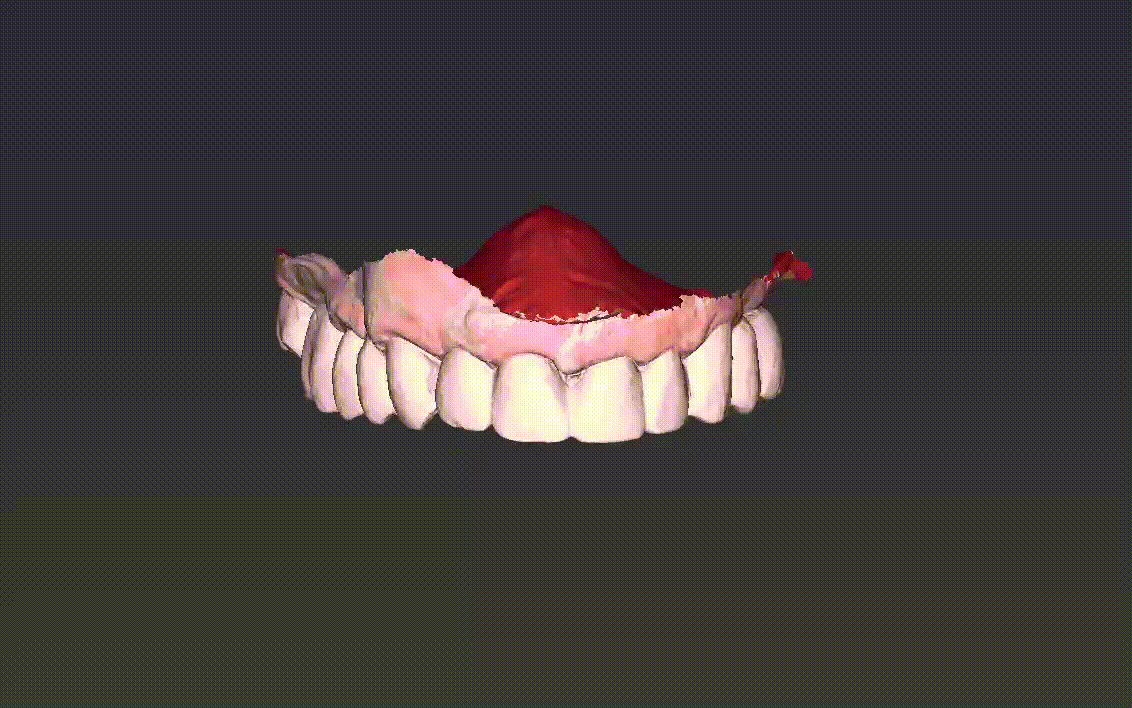

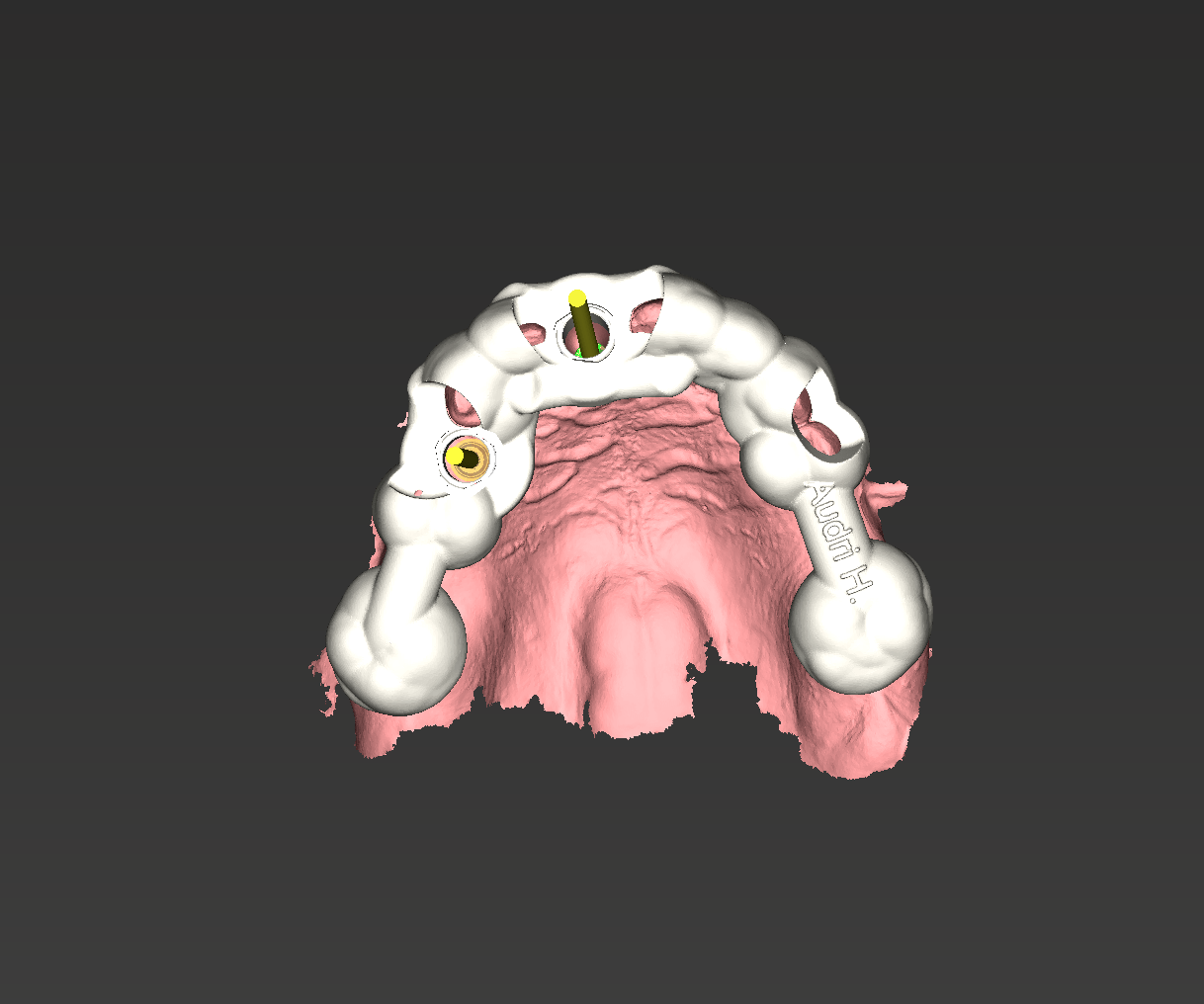
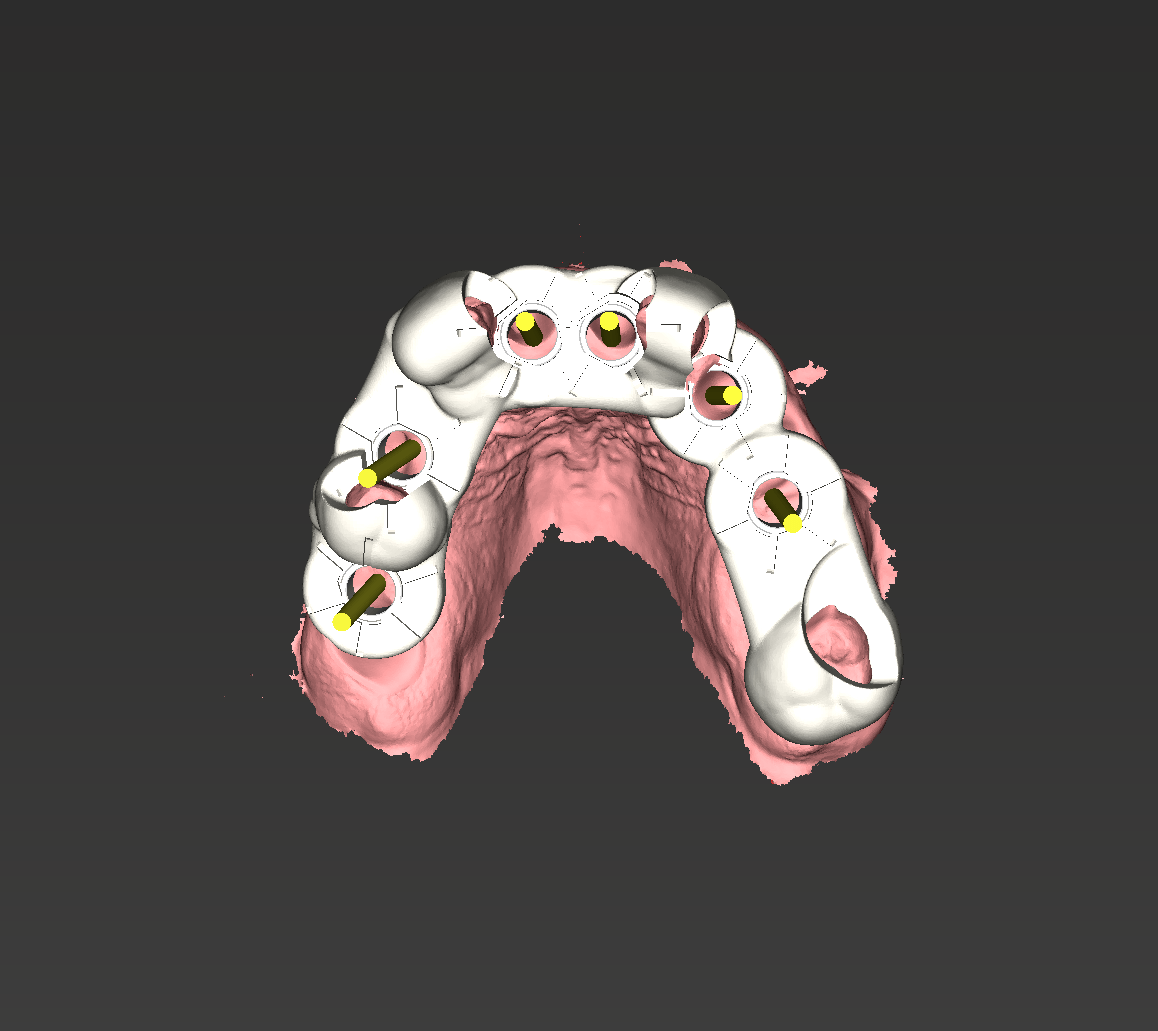
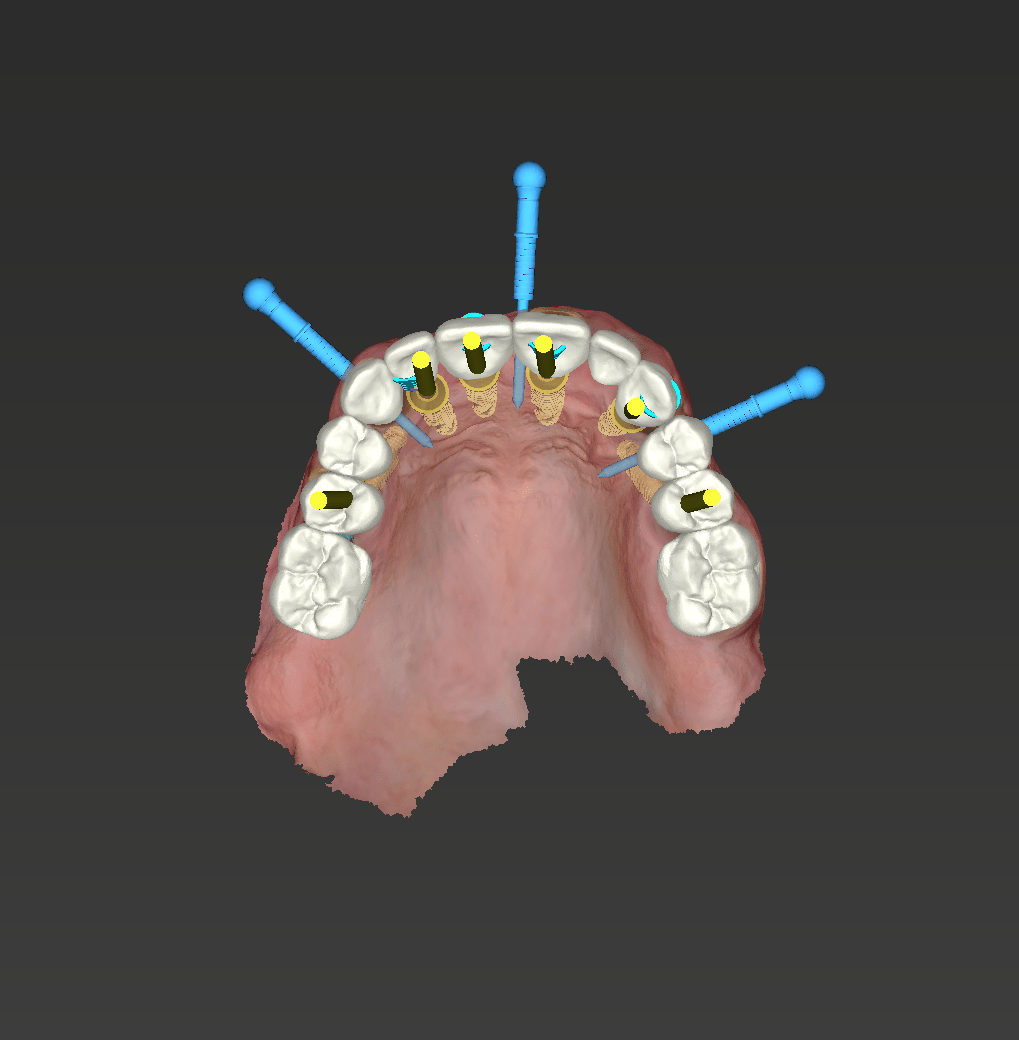
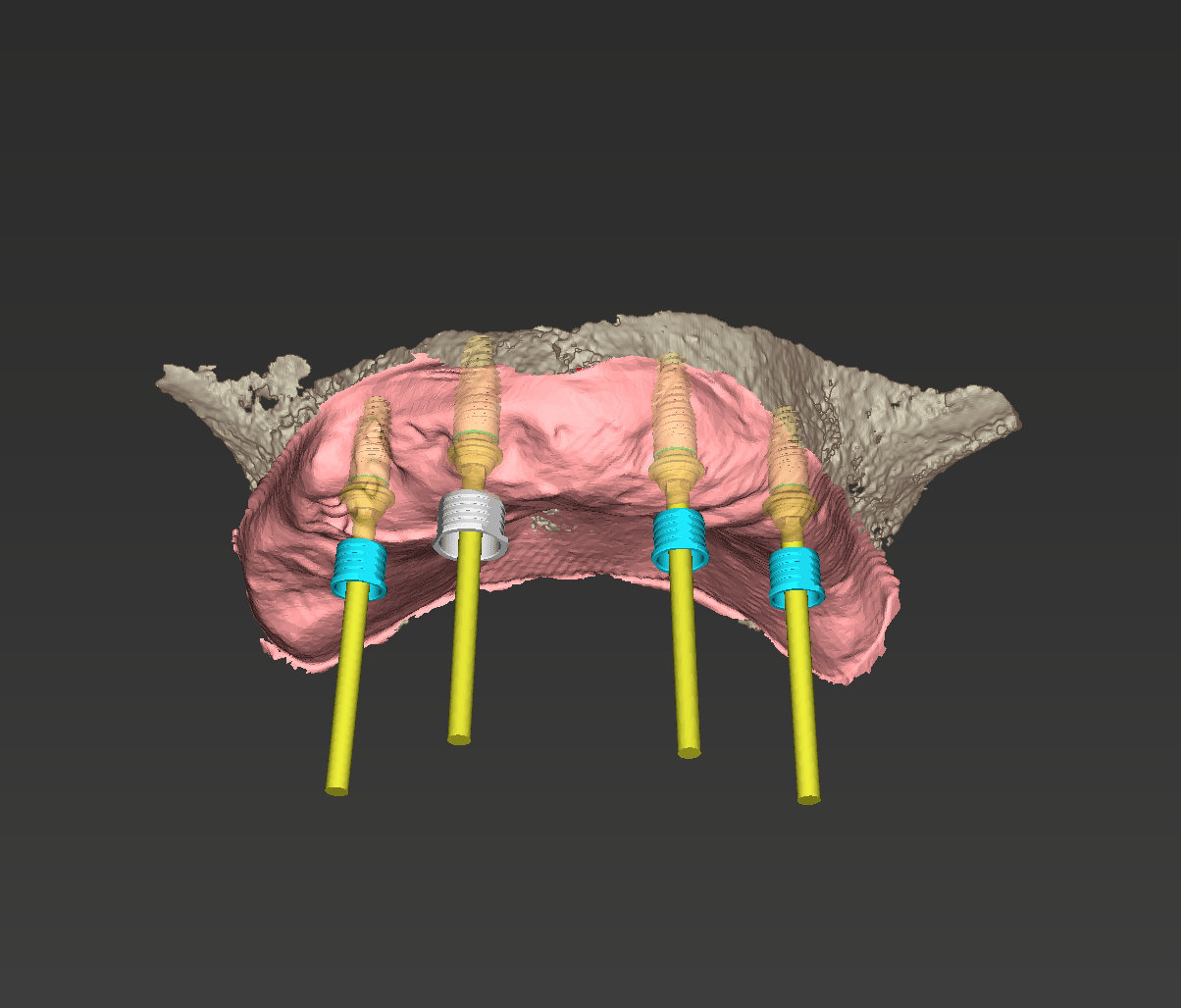
Precision & Accuracy
One of the most obvious benefits is the high level of precision and accuracy it offers. By having a predetermined guide based on in-depth scans, there's less room for error.
Less Invasive
The surgery can be less invasive as the need for extensive flaps or exploratory procedures can be reduced. This can lead to faster recovery times and reduced post-operative discomfort.
Predictable Outcomes
The ability to plan in advance using 3D visualizations allows for a more predictable surgical outcome. This can be crucial for complex cases or when there are anatomical challenges like proximity to vital structures (e.g., nerves or sinuses).
Reduced Surgery Time
As the planning is done beforehand and there's a guide to follow, the actual surgery can often be quicker, which can be more comfortable for the patient and more efficient for the clinician.
Improved Prosthetic Outcomes
Accurate implant placement is crucial for the final prosthetic result, be it a crown, bridge, or denture. A well-placed implant can lead to better aesthetics and function of the final restoration.
Enhanced Patient Experience
With the ability to show patients their planned implant placement visually, they can be better informed and can feel more at ease about the procedure.
AWESOME CASES
Read Our Success StoriesLatest News
Stay Informed with Our Latest Updates!
At Inima Dental Clinic, we explain everything you need to know about dental diastema,


